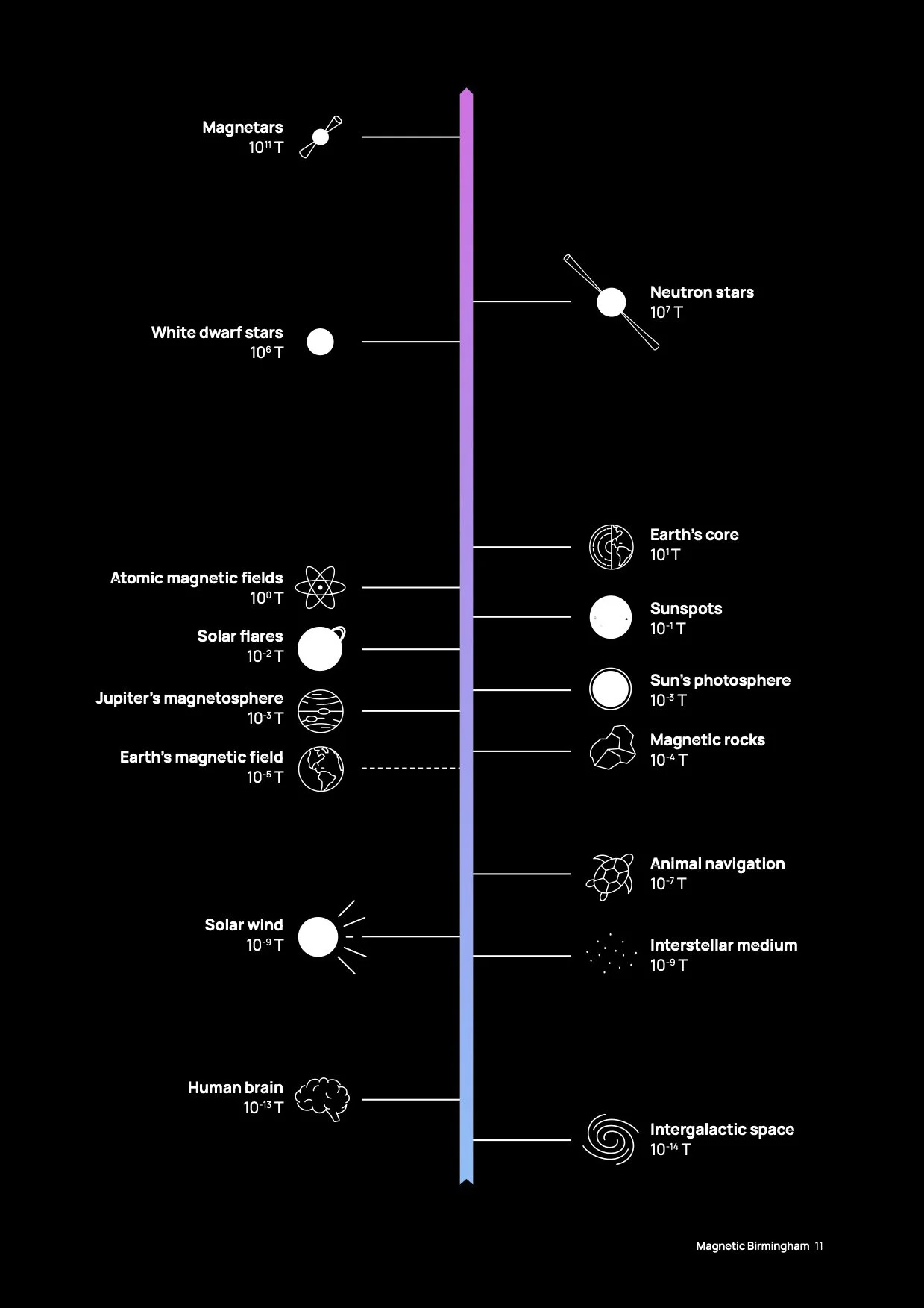Magnetism in innovation
Our conscious effort to harness magnetism towards our own ends reaches back thousands of years to the invention of the compass — even before the discovery of magnetism itself. For a long time, this was the extent of our reliance on magnetism in our technology. Once we finally isolated and understood this phe- nomenon, how it can be created and manipu- lated in a deliberate way, its use exploded to the point where it is ubiquitous in all aspects of our lives.
We travel in cars, buses, and trains that rely on electric motors. We sit down at work, turn on our computers, which spin up the hard disk drive to load up the operating system. We may be rushing to an online meeting to hear our colleagues’ voices relayed to us via speakers or headphones. We may return home to cook on an induction hob, whilst listening to some music.
Should we injure ourselves and require a di- agnosis, or suffer from diseases that plagued our ancestors without a cure, we may end up getting an MRI or undergoing treatment that involves stimulating the brain. In all of these examples, magnets or the precise manipu- lation and sensing of magnetic fields were essential. Ultimately, all of the devices we rely on so heavily require electricity. Where would we be in this respect without the large gen-erators in wind and power plant turbines filled with magnets? Magnetism across a vast scale influences us every day in every way imagi- nable. Even when we sneak to the kitchen for a midnight snack, we are confronted by the humble fridge magnet.
